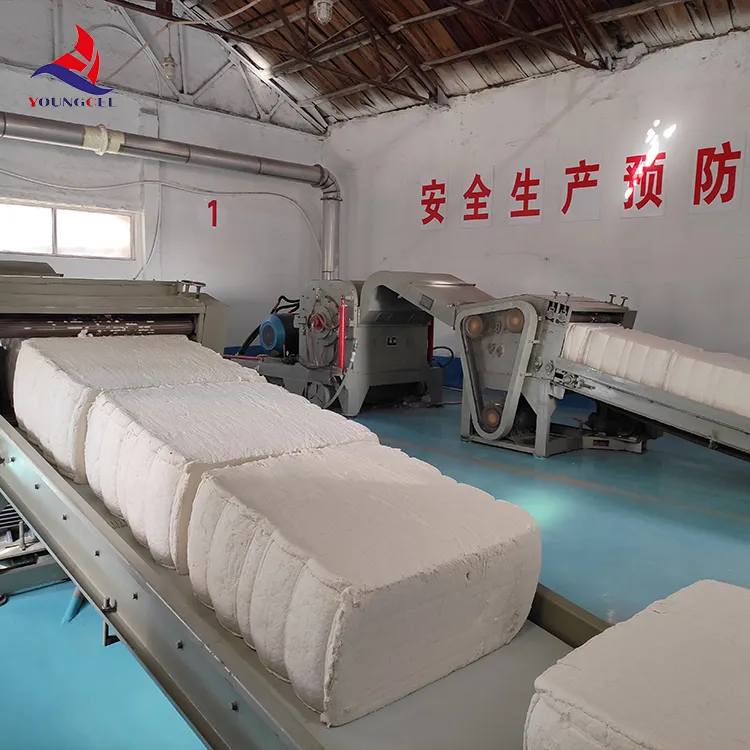Hydroxypropyl Methyl Cellulose (Hpmc) is a commonly used pharmaceutical excipient, and its wide application in the medical field provides important support for the pharmaceutical industry and clinical treatment. The unique properties of Hpmc Hydroxypropyl Methylcellulose make it indispensable in various formulations, especially in oral and ophthalmic preparations. This article will explore the important role of Hpmc Hydroxypropyl Methylcellulose in the medical field, with a focus on analyzing its biocompatibility, thickening properties, and drug release regulation.

Hpmc Hydroxypropyl Methylcellulose has received widespread attention due to its excellent biocompatibility
As a non-ionic water-soluble cellulose derivative, Hpmc Hydroxypropyl Methylcellulose Fournisseur has very low toxicity in vivo and does not cause significant immune reactions. This characteristic makes Hpmc Hydroxypropyl Methylcellulose a commonly used excipient in pharmaceutical formulations. Many oral solid preparations, such as tablets and capsules, can utilize Hpmc Hydroxypropyl Methylcellulose as a molding agent and binder, thereby improving the stability and bioavailability of the drug. In addition, Hpmc Hydroxypropyl Methylcellulose is also used as a thickener in injections to increase the viscosity of liquid formulations, thereby improving the sustained release effect of drugs after injection.
The thickening properties of Hpmc Hydroxypropyl Methylcellulose make it highly valuable in pharmaceutical processes
Hpmc Thickener can form a viscous solution when dissolved in water, making it an important component of pharmaceutical liquid formulations. When preparing emulsions and suspensions, Hpmc Hydroxypropyl Methylcellulose can effectively improve the physical properties of the liquid, prevent drug precipitation and stratification. At the same time, Hpmc Hydroxypropyl Methylcellulose can also be used to improve the user experience of nasal, ocular, and dermal formulations, by regulating fluidity and adhesion to enhance drug efficacy.
The application of Hpmc Hydroxypropyl Methylcellulose in the field of drug release and controlled release is also extremely important
By adjusting the viscosity and molecular weight of Hpmc For Detergent, the release rate of the drug can be controlled. This controllable release mechanism enables Hpmc Hydroxypropyl Methylcellulose to be widely used in the preparation of sustained-release and controlled release formulations, typically used to treat chronic disease patients to maintain effective drug concentrations in the body, reduce dosing frequency, and improve patient compliance. For example, Hpmc Hydroxypropyl Methylcellulose is used to prepare various sustained-release tablets and capsules, providing patients with a more convenient and comfortable medication experience.
In summary, Hpmc Sezvakaita Tylose plays an important role in the medical field. Its excellent biocompatibility, superior thickening properties, and unique controlled release ability make it an indispensable excipient in pharmaceutical formulations. In future research, the modification and application development of Hpmc Hydroxypropyl Methylcellulose will further promote its potential in the medical field and facilitate the realization of more extensive and innovative drug delivery systems.
-
The Versatility of Industrial Additives: Mhec, Hpmc, And Wall Putty SolutionsNewsMar.28,2025
-
The Importance of HPMC in Modern IndustriesNewsMar.28,2025
-
Partnering with Reliable Manufacturers for Optimal ResultsNewsMar.28,2025
-
Enhancing Construction Performance with Redispersible Polymer PowdersNewsMar.28,2025
-
Enhancing Construction and Household Products with Advanced AdditivesNewsMar.28,2025
-
Building Strong Foundations with Key Construction MaterialsNewsMar.28,2025






